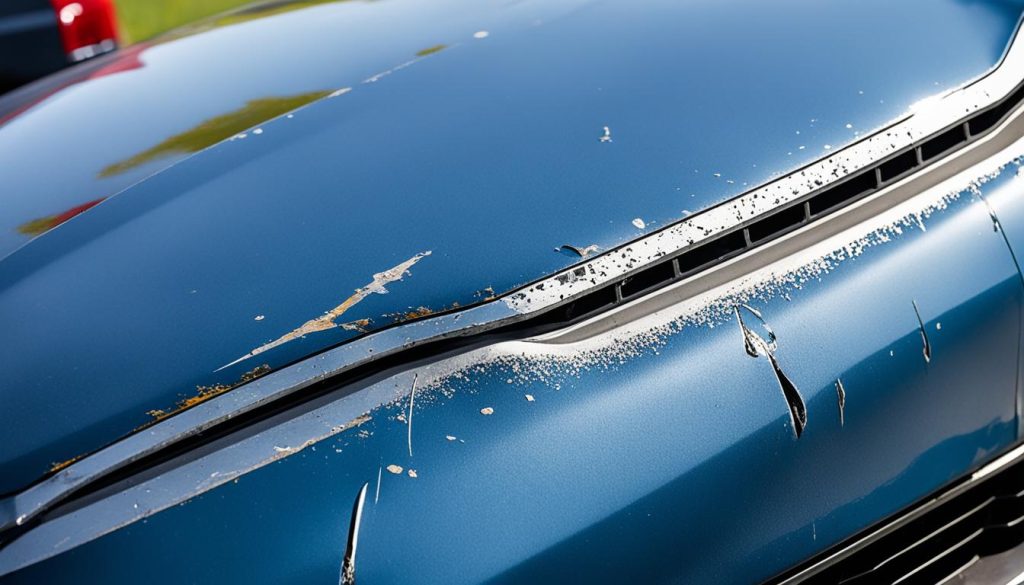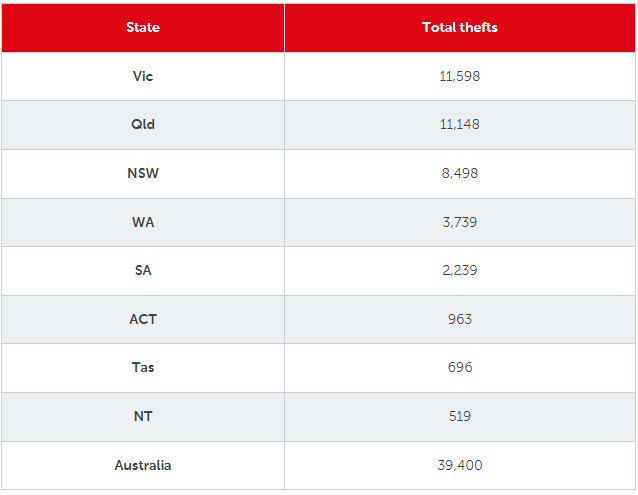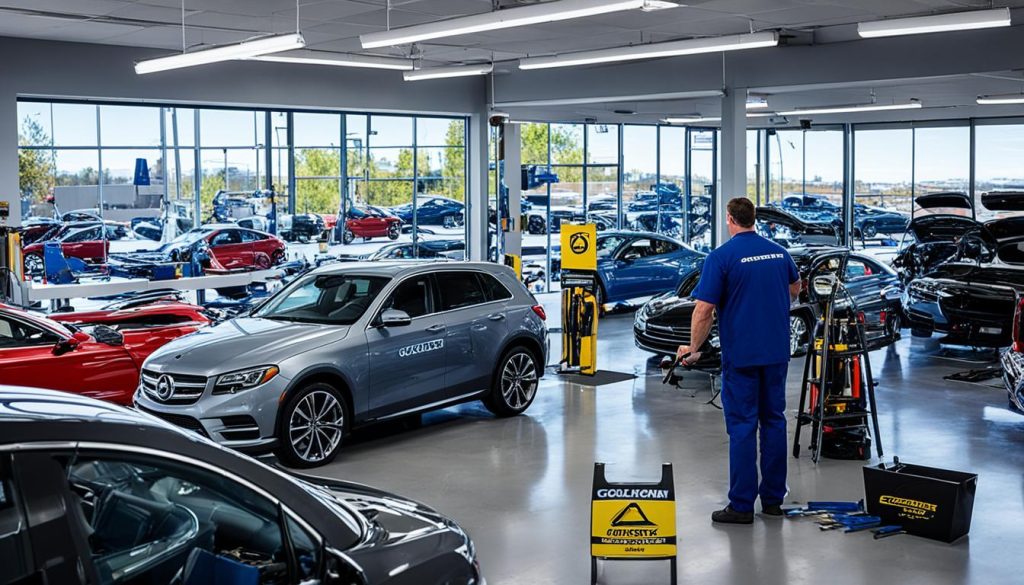If there’s anything that our Golf GTI track car build has taught me, it’s that you need to make the most of the mods you have before you start bolting on new parts willy-nilly. That’s a lot easier said than done, now that I’ve acquired a taste for unboxing all the shiny go-faster bits we sourced from eBay. However, the reality is I’m just not fast enough to get the maximum out of the upgraded brakes, coilovers and tyres we slapped onto PH Project Car in the last episode.
Sure, I’ve done my fair share of track days, but when there’s no competition to go up against – or you’re held back by a manufacturer that doesn’t want to see its latest supercar upside down and on fire – it’s hard to nail down the skills needed to become a master helmsman. (If those sound like racing driver excuses, then I’m clearly on the right track.) Thankfully, Porsche Carrera Cup Pro/Am champion and friend of PH, Charles Rainford, was on hand to show me the racing driver traits that actually matter (i.e. going fast). Despite being my rival in our £10,000 track car build, Charles made it clear that he’s seen several areas that I need to work on after watching our initial track session in the second episode. So, he kindly offered to train me up. Mostly out of pity.
Our classroom was the Grand Prix loop at Brands Hatch; a layout that’s rarely open for public track days, so obviously we had to make the most of it. Ideally, we’d use a data logger to analyse where I need to improve on circuit, but as these are typically prohibited on public track days we went on the hunt for an action camera on eBay. While Charles’ tuition was invaluable out on track, it’s a lot easier to see where you’re mucking up when not in the throes of hammering an old hatchback around one of Britain’s best circuits.


Once our morning sessions were in the bag, there were two key areas his nibs earmarked for improvement. The first was using the full width of the track. Sounds easy to rectify on paper, but most of the circuit’s braking zones require a degree of braking while turning – which was unsettling the GTI on approach to Paddock Hill bend, leaving me with little confidence heading into the blind right-hander of Dingle Dell. I was also far too inconsistent under braking; hitting the middle pedal far too early in some bends and too firmly in others.
Putting Charles’ insights to good use, I immediately felt more confident in GTI’s – and my own – ability to string a quick lap together and experience the glorious flow of the Grand Prix circuit. Crucially, though, I could feel all the new components we’d bolted onto the GTI working their magic. The Nankang NS-2R’s offer a ridiculous amount of grip in the corners, while the level platform offered by the BC Racing coilovers meant I wasn’t wrestling to keep the GTI’s near-1,400kg weight under control. (And, no, we haven’t done anything to lower that figure yet.)
Not only did I come away from Brands Hatch a significantly better driver – at least in terms of confidence – I also found myself with a much better understanding of what we’ve done to the GTI. That’s why driver training is crucial to making the most of a track build: you can throw as many expensive performance parts at your car as you like, but you’re probably not getting the most out of them if you’ve never had any sort of tuition with someone who knows what they’re doing. Trust me, there’s nothing better than paying someone money to tell you you’re slow – and how to overcome it. That said, even after making up five seconds with a bit of training, it was evident the GTI just wasn’t fast enough on the straights. Time for a tune-up, I think.
This video is presented in partnership with eBay. Shop for motoring parts and accessories here. To be in with a chance of winning our project car, click here, answer the question and cross your fingers. You’ve got until 11:59 on 5th November to get your answer in. Good luck!
#grip #Project #Car













